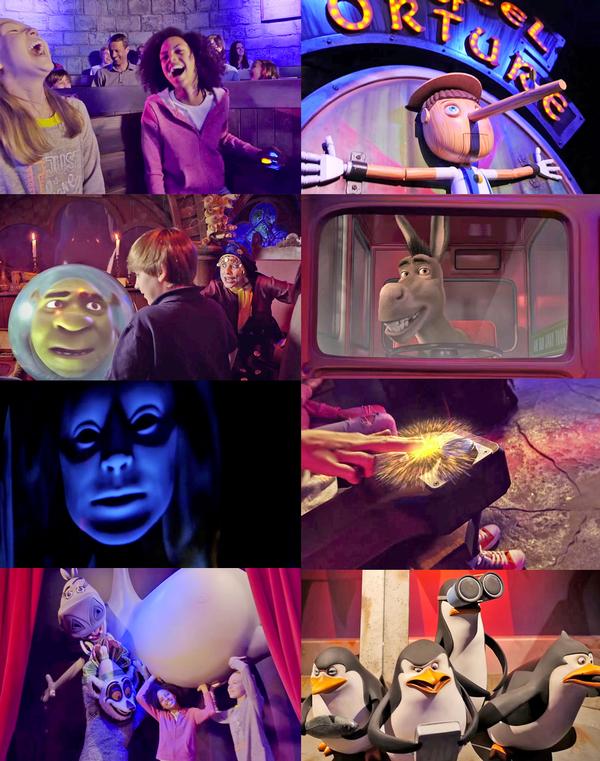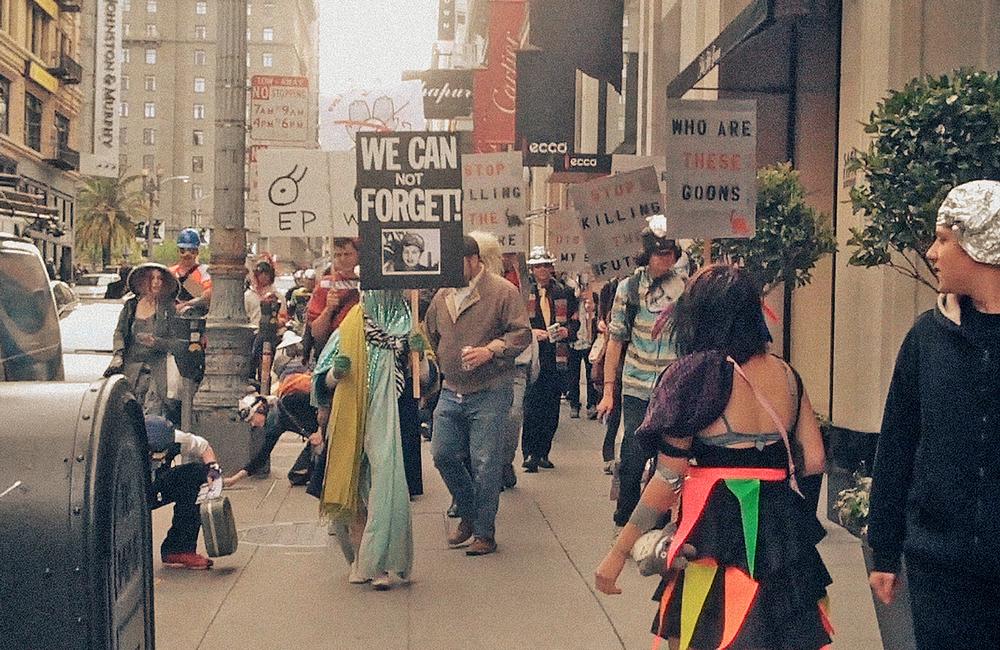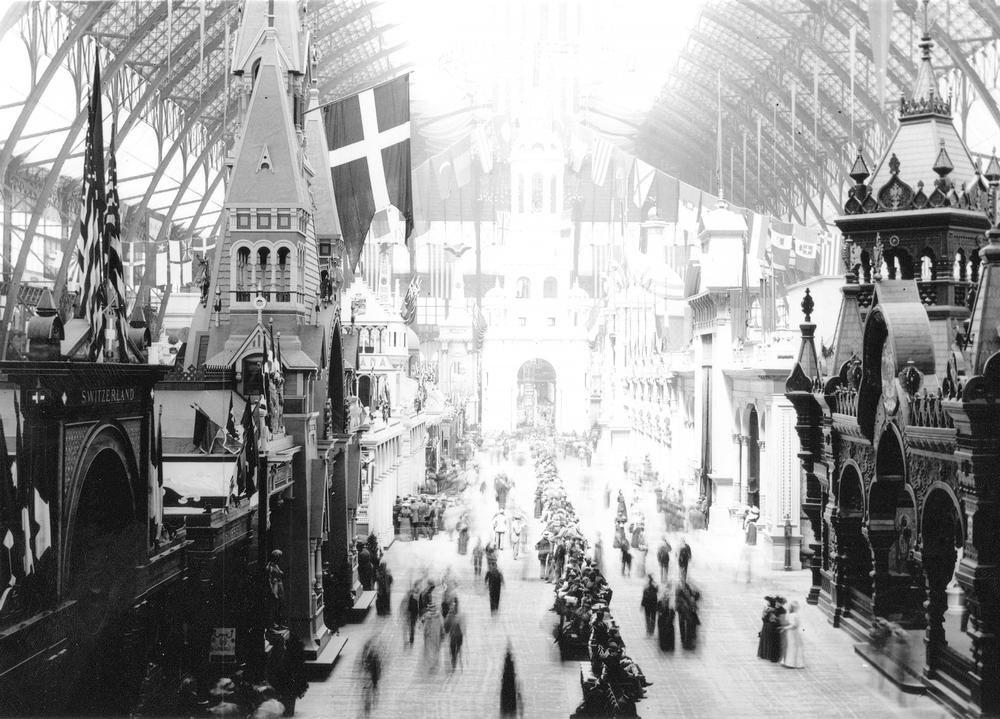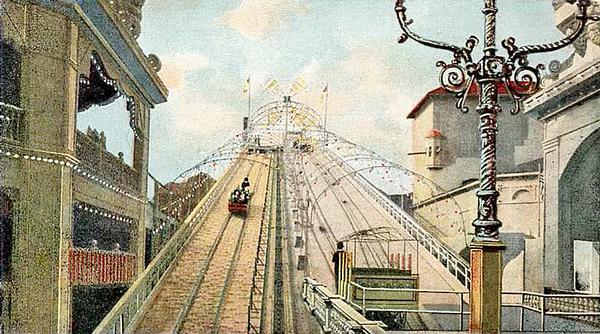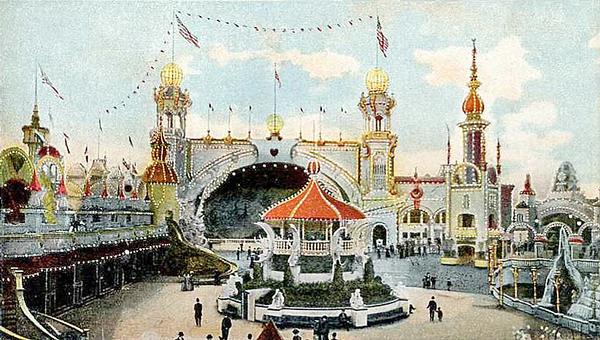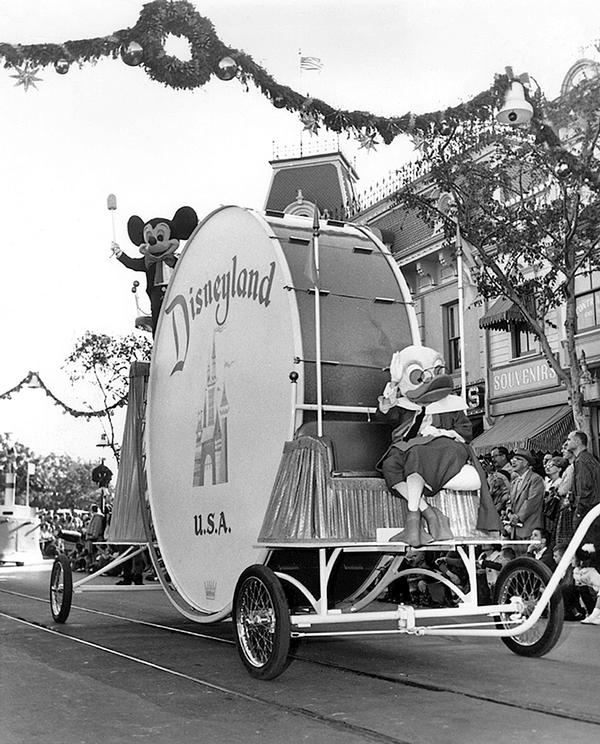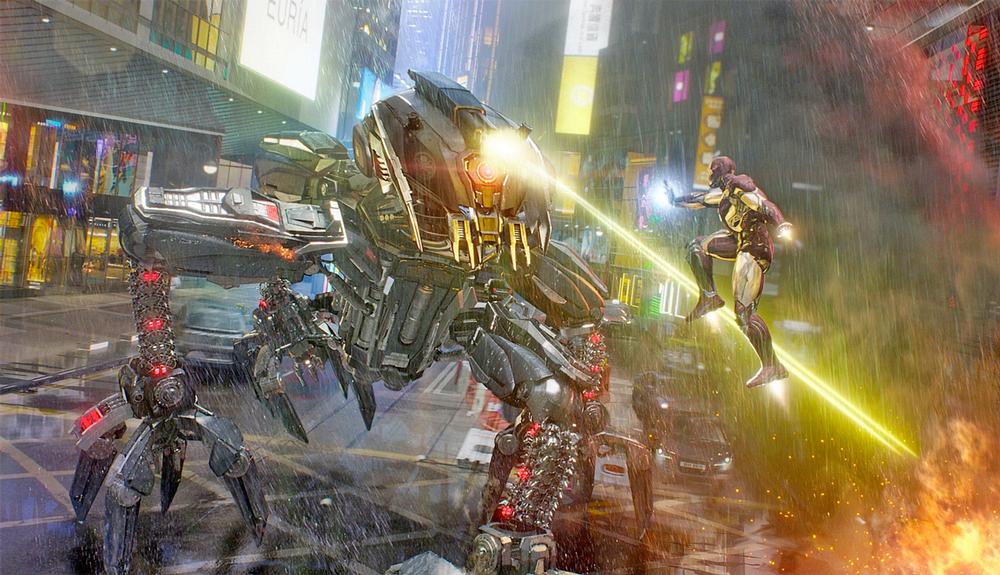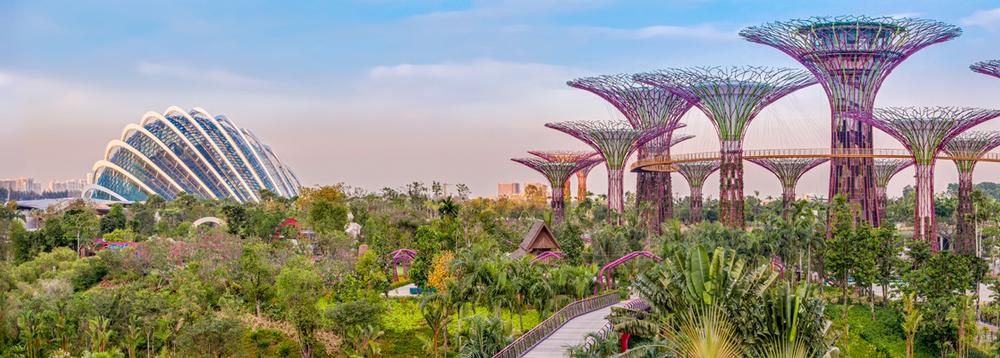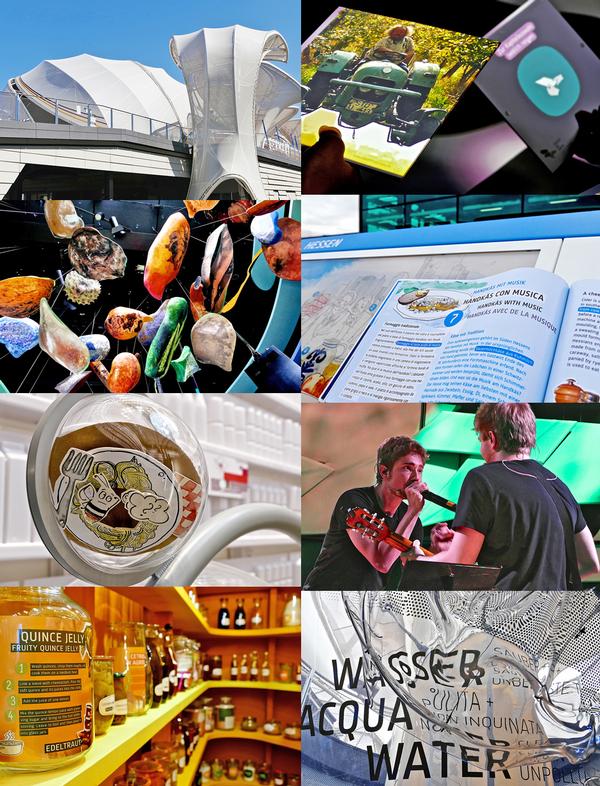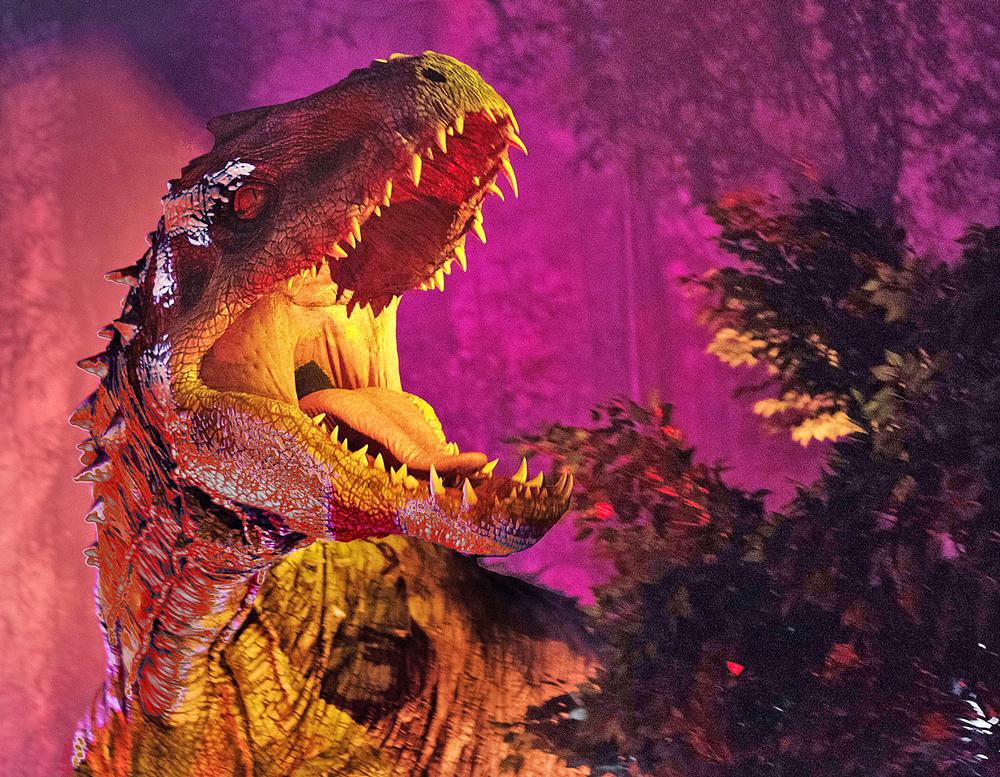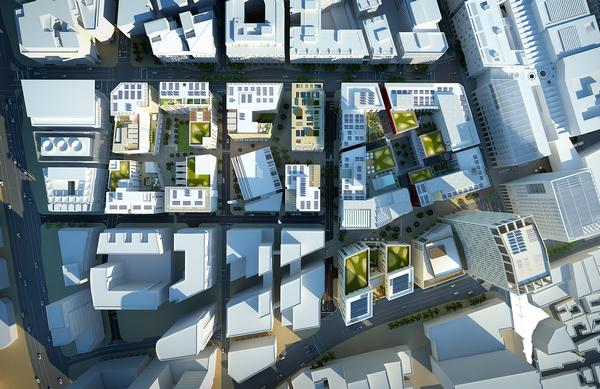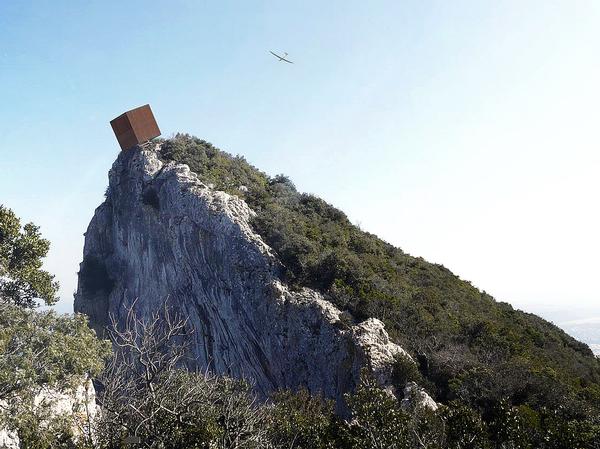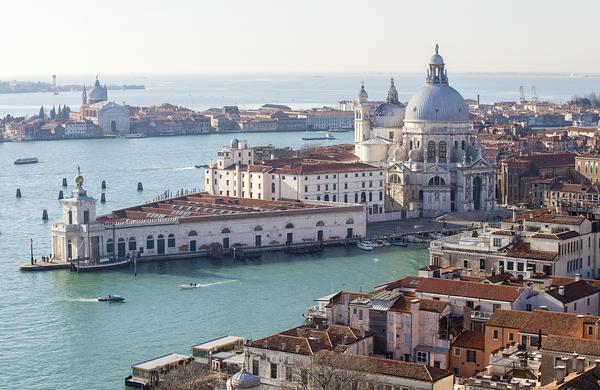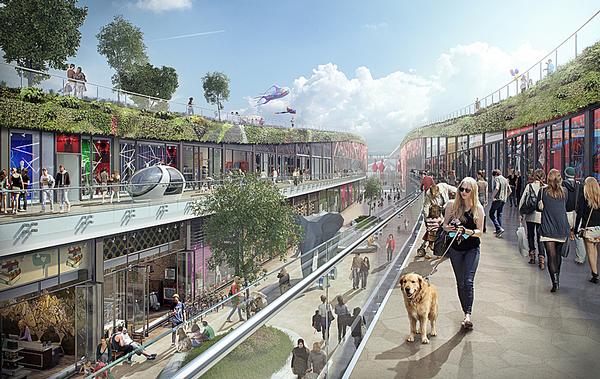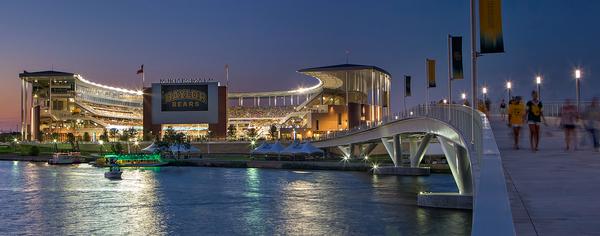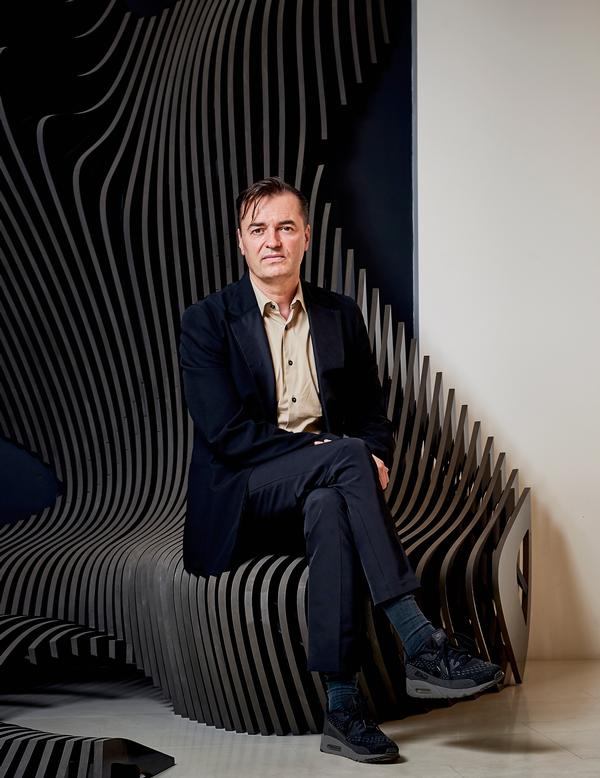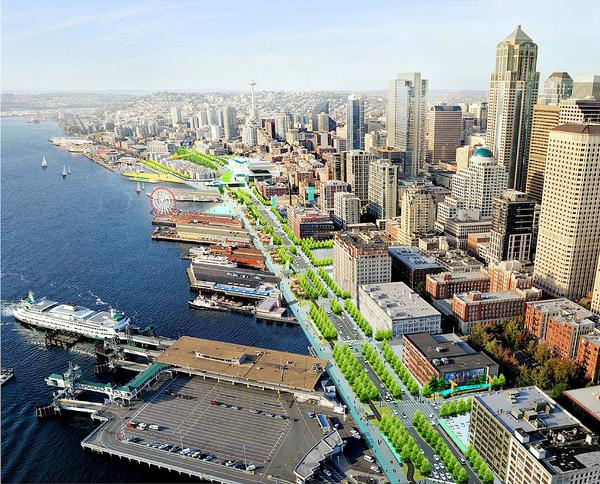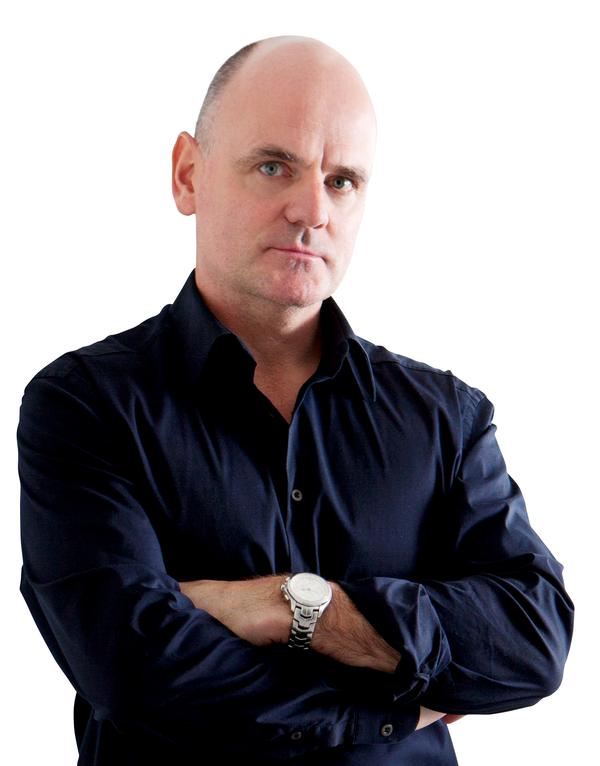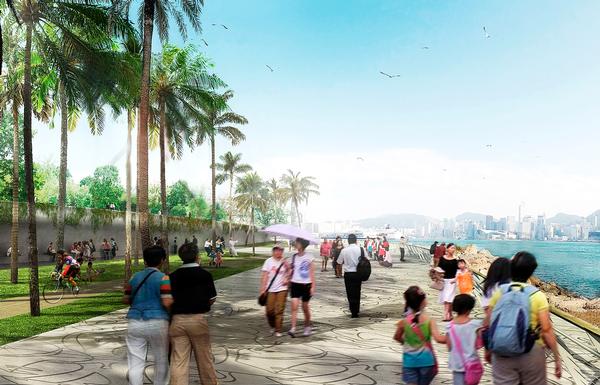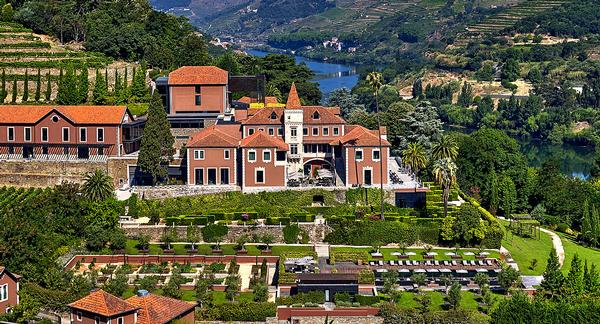Immersive Design
Why immersion matters
How do we truly immerse guests in a space? Cultural researcher Scott A Lukas examines the purpose of and keys to effective immersion
From 2008 to 2011, a strange and curious experiment played out in San Francisco, California. Everyday people began to stumble upon signs with cryptic messages of the Jejune Institute – many of which directed them to call telephone numbers or visit specific areas of the city.
As many as 10,000 people participated in the experiment and as people got deeper into the experience they discovered a complex array of characters, backstories, events and philosophies that added even more intrigue to the mysterious experience.
The Jejune Institute was the idea of artist Jeff Hull. He created an alternate reality game that encouraged people to rethink their experiences with the city and which ultimately blurred the line between reality and fiction. The experiment is profiled in a 2013 film called The Institute , directed by Spencer McCall. The Jejune Institute highlights how far people are willing to go in order to immerse themselves in a fantasy world where they play a vital part.
Immersion may be defined as the state of being deeply engaged in an activity, situation or place. For any themed or consumer space, immersion is a necessary quality of space that may guarantee greater enjoyment of the visitor. The etymology of immersion is from Latin words that mean “in, plunge and dip”. Apply these meanings to a consumer experience and an immersive space is one that goes beyond the superficial and instead engages the visitor in varying levels of depth and experience.
The example of the Jejune Institute highlights how immersion takes place at the level of the individual. It’s not enough for writers and designers to create a space that will, it’s assumed, be immersive. It’s up to those unique creative professionals to imagine spaces that will immerse every guest who enters that space.
Immersive spaces are about desire – the desire of the visitor – and thus present some of the greatest challenges to contemporary designers of themed and consumer spaces.
The history of catharsis
The desire to be wrapped up in a themed or consumer space is not a new trend. If we consider Aristotle and his idea of catharsis, we realise that people – whether reading poetry, watching drama or seeing a movie – have always enjoyed the opportunity to suspend their disbelief and connect with characters, situations and events in a creative, artistic or fictional form in such a way that they feel moved deeply, even changed, by the whole enterprise.
Achieving the effects of catharsis in a themed or immersive space is not easy. The designer of a space does not have the luxury of lengthy backstory that allows a novelist to create meaningful connections with readers. Very often, in a space or an attraction, the time given to make that connection with the visitor is much shorter, plus there are the obvious limitations of capital, technology and other material matters.
Outdoor and consumer entertainments have always had the potential to create effective immersive experiences. Consider the visitors to the World’s Columbian Exposition in Chicago, Illinois, in 1893. The sight of the Ferris wheel, the exotic displays of people from around the world and the many other cabinets of curiosity would have excited visitors who lingered at the fair.
Early amusement parks of Coney Island – including Sea Lion Park, Steeplechase Park, Luna Park and Dreamland – offered similar forms of exoticism and excitement, particularly as guests could visit the moon, witness reenactments of great disasters and historical events and even experience firefighting spectacles on a first-hand basis.
In 1955, Disneyland expanded beyond singular attractions of a cathartic nature to entire themelands that could extend the time and quality of the visitor’s immersion. The attractions within the themelands used new technology, innovative design schemes and detailed stories and narratives to make personalised connections with guests.
Corporations like Six Flags, Universal and many more have expanded on Walt Disney’s innovations and placed similar attention on the key goal of creating spaces where guests feel fully connected. Contemporary themed casinos, such as those of the Las Vegas Strip, have extended the ways in which theme parks create fantasy worlds through theming by creating incredibly detailed and nuanced worlds that replicate specific places, cultures, even moods.
These places share the idea that the space is never a space in and of itself. It’s only a themed or immersive space when the visitor interacts with and completes it.
Foundations and desires
Venues like the Chicago Expo and the amusement parks of Coney Island used shock, exoticism and spectacle to make an initial connection with the visitor. Like these historic venues, there are a number of foundations that are present in many contemporary themed and consumer spaces that provide a most basic level of engagement of the visitor with the space.
The form – or “genre” – of a space, the brand entailed within a space and the social components of a space can allow for intense feelings of immersion on the part of guests.
These foundations illustrate that spaces have many qualities that assist in immersion, but since immersion is about fulfilling the longing and desire of the visitor, none of these foundations of space will be enough necessarily to meet their complex and subjective needs.
Many contemporary spaces that are less successful in creating effective immersion rely too heavily on the foundations and do not effectively expand on them by connecting them to their guests’ desires.
In his influential book, Lovemarks, Kevin Roberts suggests brands orient themselves more closely with guests by establishing deep, love-like connections with them. Like brands, themed and immersive spaces should not forget to think deeply about their connections with consumers.
The etymology of desire includes meanings of “expectation” and “awaiting what the stars will bring”. Guests have expectations that go beyond the mere foundations of the space. Designers need to meet and surpass these expectations. The key to immersion lies in the subjective territory of “what the stars will bring”.
There is something there
Years ago, I was struck by the fact that in the theme park industry we rarely reflected on whether guests were truly being immersed in a space. We developed guest-first approaches that met their foundational needs – any employee could direct the visitor to the restroom or café – yet we failed to consider the visitor’s desire.
For the visitor, the difference in reactions relates to the sense that – not unlike the participants in the Jejune Institute – there is something there, something more that beckons them. The guests want to stay until the last minute a place closes because they feel they are a part of it.
Of course, achieving the state in which the visitor feels such a close and personal connection with a space is perhaps the greatest of all challenges that are faced in themed and immersive design. Here are a few ideas that may speak to the ultimate desire to immerse guests within a space.
Consider differences:
Every visitor brings their own backstory. A veteran will have a different experience in a war museum to someone who hasn’t experienced war. It’s impossible to consider all viewpoints, but it’s worth considering different angles when telling a story in a space. Another option is to leave the meanings within a space open, allowing guests to reach their own understandings.
Don’t underestimate the visitor’s knowledge or experience:
Don’t assume that the “typical” guest is looking for an uncomplicated and superficial time. In fact, more and more guests are desirous of experiences that speak to their intelligence, knowledge and cultural backgrounds. Immersive experiences may place greater demands on the visitor, but such demands may actually increase the levels of connection that the visitor feels with the space.
Immersion isn’t always positive:
Many powerful museums and interpretive centres have illustrated that the emotions that connect guests to spaces do not have to be positive ones. Dark tourism and the desire to experience immersion at disturbing and existential levels show the need to consider all options and emotional potentials when designing or updating a space.
Keys to immersion
Cultural anthropologists often refer to the emic – or insider – perspective. This is the view of culture and everyday life as a person from the culture that the anthropologist is studying would view it. Most anthropologists would agree that the emic perspective is gained through years and years of living among the people in that culture – also called immersion.
Designers of themed spaces can reflect on these ideas from cultural anthropology, a few approaches that may assist in effective attention to the immersion of a guest.
1. Theming:
Theming is perhaps the most evocative design approach of the contemporary leisure world. Themeing relies on a familiar and memorable theme or story – such as the Wild West – to offer the visitor a sense of an other, fantasy world. Themeing has great potential for immersive effects because of its ability to create and maintain an entire world. At the same time, because of the popularity of themeing, contemporary designers need be aware of how to avoid forms of themeing that seem old-fashioned, staid or artificial.
2. Storytelling:
The use of storytelling or narrative development to connect guests with the space is an effective means of achieving the suspension of disbelief within the visitor. Effective and well thought out storytelling offers some of the greatest immersive potential within a space, reaffirming for the visitor why he or she is there and, ultimately, why he or she cares about what is happening within that space.
3. Design focus:
It’s vital to maintain a clear design focus in any space. A venue or space need not be all things. It should be a space that reflects the advantages of details, precision and a honed vision of what the space is intended to do for the visitor.
4. Connectors and transitions:
Successful themed spaces like Disney’s Animal Kingdom create immersion at very high levels because they pay close attention to the overarching ways that connect one space to the next. Whether forms of material culture, technology, techniques of storytelling, or other means, designers may consider the connectors and transitions that link the parts of the space to the whole.
5. The visitor’s purpose:
Themed and immersive design must clearly focus on the needs of the visitor, beyond their immediate needs to focus on their short- and long-term purposes. “What does the guest really desire in this space?” A designer does not have to read the work of philosophers, but might benefit by thinking through the most intimate, even existential, needs of the visitor.
6. Willingness to Change:
As the guest changes, so too the space. This reminds us that spaces that were once exhilarating to the visitor will only become tired and boring the next day. Competition and innovation within all sectors of the industry should inspire designers and operators of spaces to constantly assess and reinvent their spaces.
The guest’s role
Theme park staff go beyond the typical expectations of the service industry when they build relationships with guests. In many cases, the deep ethos of love that Roberts spoke of in Lovemarks is present in the ways they exceed visitor expectations. Most guests appreciate this concern; indeed, some express their own concern and love – they might offer feedback on their experience. Such guests feel a sense of loyalty to the park. They’re willing to offer feedback to workers who are willing to listen. This mutual concern for the space is a powerful aspect of immersion.
We may begin to think of the nature of themed and immersive spaces through the sense of dialogue. While designers think up the designs schemes, attractions, technologies and other aspects of consumer spaces, the visitors have a key role to play. They’re not simply consumers in immersive spaces: rather, they are active participants in the themes, stories, events and situations that unfold in those spaces.
Designers and operators should take approaches that parallel the modes of appreciation that develop between popular authors of fiction, science fiction and fantasy and their dedicated fans. Especially given the trends within the worlds of media – in which media is spreadable, convergent and participatory – they can be more open to ways in which guests can more fully participate in, provide feedback for, even alter the structure of the narratives, themes, stories and other elements that make up the space.
In such a world, immersion is the shared undertaking of story that unfolds over time. And immersion is never an easy undertaking, but this is why it is an art.
Further Reading
• The Immersive Worlds Handbook: Designing Theme Parks and Consumer Spaces (Scott A. Lukas, Focal, 2013)
• The Art of Immersion: How the Digital Generation Is Remaking Hollywood, Madison Avenue, and the Way We Tell Stories (Frank Rose, W. W. Norton & Company, 2012)
• Spreadable Media: Creating Value and Meaning in a Networked Culture (Henry Jenkins, Sam Ford, and Joshua Green, New York University Press, 2013)
• Lovemarks: The Future Beyond Brands (Kevin Roberts, powerhouse, 2005)
• Convergence Culture: Where Old and New Media Collide (Henry Jenkins, New York University Press, 2008)
Scott A Lukas is a researcher, anthropologist and author who specialises in immersive worlds, theming and cultural remaking.



